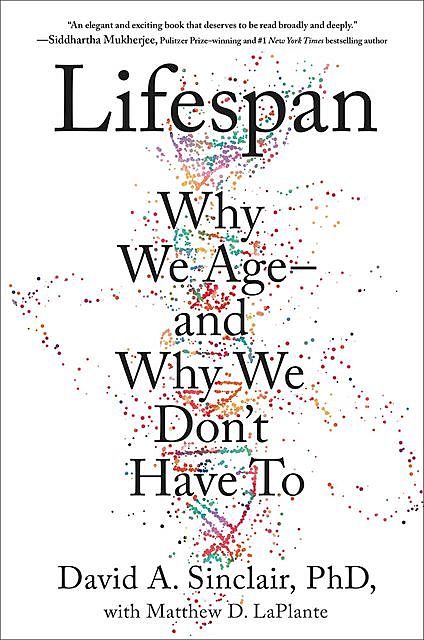Lifespan
- Om
- Intryck1
- Citat54
- Läsare63
- I bokhyllorna
Den här boken är inte tillgänglig just nu
671 trycksidor
Intryck
- Olga Gdelade ett intryckför 2 år sedan💡Lärde mig mycket
Citat
- Leenahar citeratför 5 år sedanOnce you recognize that there are universal regulators of aging in everything from yeast to roundworms to mice to humans . . .
. . . and once you understand that those regulators can be changed with a molecule such as NMN or a few hours of vigorous exercise or a few less meals . . .
. . . and once you realize that it’s all just one disease . . .
. . . it all becomes clear - aurelia anastasiahar citeratför 2 år sedanstem cells. Yet the ICE mice were suffering from a loss of body mass, mitochondria, and muscle strength and an increase in cataracts, arthritis, dementia, bone loss, and frailty.
All of the symptoms of aging—the conditions that push mice, like humans, farther toward the precipice of death—were being caused not by mutation but by the epigenetic changes that come as a result of DNA damage signals.
We hadn’t given the mice all of those ailments. We had given them aging.
And if you can give something, you can take it away. - aurelia anastasiahar citeratför 2 år sedanHere’s the vital takeaway: we could age mice without affecting any of the most commonly assumed causes of aging. We hadn’t made their cells mutate. We hadn’t touched their telomeres. We hadn’t messed with their mitochondria.
fb2epub
Dra och släpp dina filer
(upp till fem åt gången)


